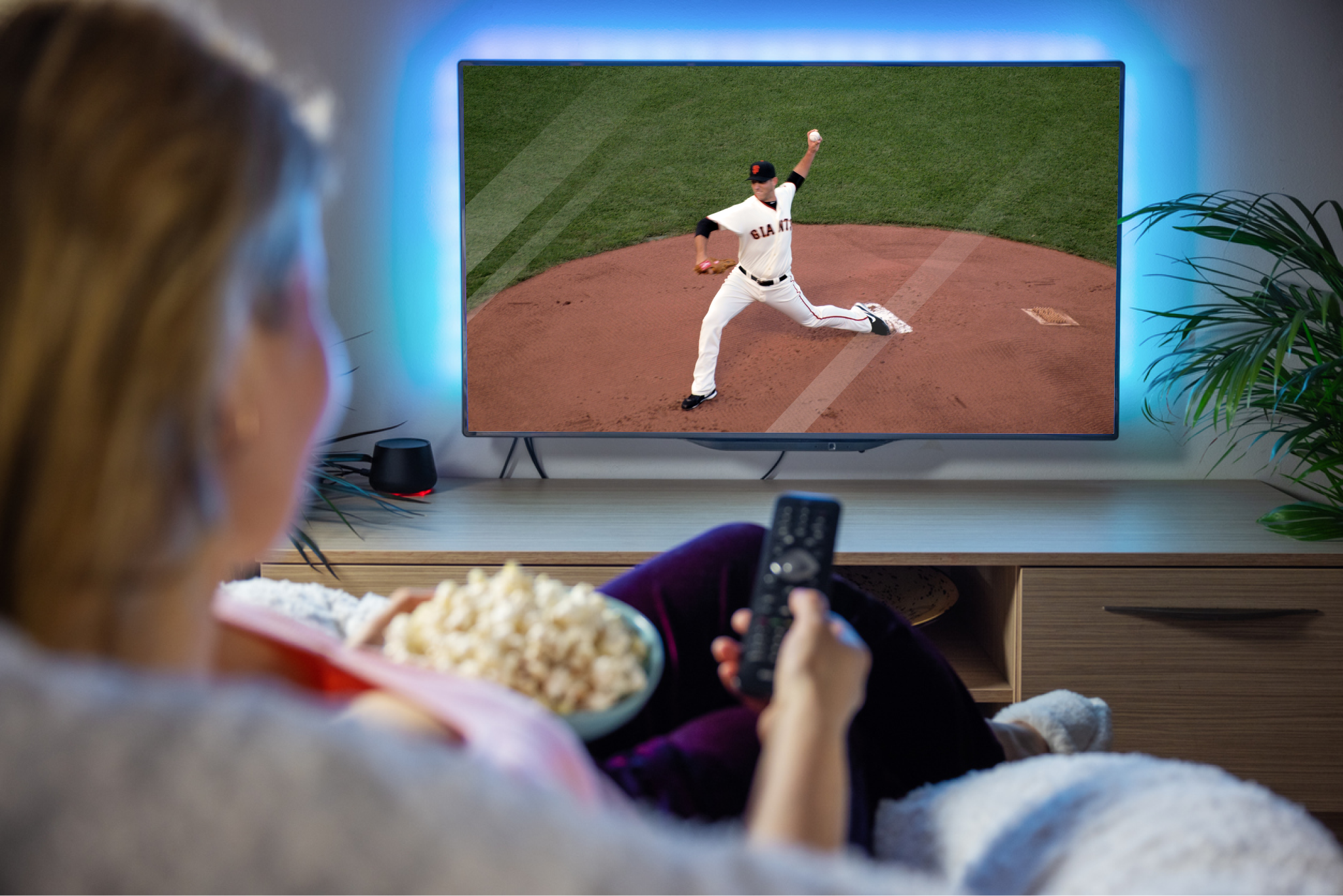While you might think that canceling your traditional cable plan will keep you from watching local news or regional sports channels, today’s cable alternatives offer numerous options for accessing local TV. If you’re making moves to cut ties with your cable TV provider, you might be wondering how to watch local TV without cable.
In this guide, we’re exploring everything you need to know about keeping your local channel access when cutting the cord. We’ll help you assess your needs and teach you how to watch local channels without cable.
If you’re ready to save on your TV bills without missing out on local programming, read on.
Assess your needs
Before we dive into traditional cable alternatives (and how to watch local TV channels without cable), let’s assess the kinds of channels you’re looking to keep when you cut the cord. First, make a list of the channels, programs or formats you regularly watch, like:- Daytime television – Daytime talk shows, soap operas, shopping channels
- News programs – Local and national news, news specials
- Primetime network shows – Comedies and dramas that air weekly
- Sports – Professional sports, college sports, special sports events (like the Olympics)
- Movies – On-demand movies, classic movies, new releases
- Movies
- Primetime network shows
- News specials
- Bundled streaming services
- Streaming subscriptions that offer live TV options
- Streaming services and apps from local broadcasters
How to watch local channels without cable
Once you have a definitive list of the channels, formats and programs you’ll need from a cable alternative, you can start assessing your options. Luckily, the market is full of competitive programming offers for every set of viewing preferences. Let’s explore three popular options for watching local TV without a traditional cable subscription.Digital antenna
Digital antennas aren’t unlike the analog antennas of the recent past. They’re connected to your TV, and they provide access to channels broadcasting locally. Digital antennas can be placed inside or outside your home. Let’s break down how digital antennas compare to:- Traditional cable – Depending on your subscription, a digital antenna may offer fewer channels than your traditional cable connection. But one major point of comparison is cost: using a digital antenna to receive local channels is free. While you’ll need to purchase the antenna, these are typically low-cost.
- Streaming services – A digital antenna won’t offer as many programming options as most streaming services. But a digital antenna will provide access to local channels that streaming services may not offer.
- Only need or want access to local programs like local news, weather and sports
- Want to supplement their streaming services (or streaming bundle) with local channels
Streaming services
If you’re looking for the same variety of programming you’re currently getting from your traditional cable subscription, consider subscribing to one or more streaming services. Streaming services most commonly offer a combination of:- Television shows – Network television and programming produced by the streaming service
- Movies – New releases, classic movies and streaming service original productions
- Specials – Documentaries, mini-series, news specials, stand-up comedy productions and game shows
- Netflix
- Amazon Prime Video
- Max (formerly HBO Max)
- Hulu + Live TV
- YouTube TV
- Sling TV
- Fubo
- You’ll likely still save compared to traditional cable – If you have a full-service traditional cable subscription (complete with hundreds of channels, DVR, on-demand access and premium cable channels), signing up for multiple streaming services might still be less expensive than your cable bill.
- You can bundle and save – Some providers offer bundling discounts for streaming services. Instead of paying for each service a la carte, you can combine multiple services to take advantage of deals and expand your programming options.
Local channel apps
If you choose to combine a digital antenna with a streaming service that offers live TV, you’ll likely cover most of your bases. But in circumstances where these two solutions don’t offer a highly specific local program you’re looking for, there’s yet another option: local channel apps. For example, if your favorite local news channel doesn’t broadcast locally or partner with a live TV streaming service, they might offer a digital app you can use to watch their programs. If your favorite channel or show has an app, you have a few options to access these on your TV:- TV download – If you can download apps on your TV, you might be able to download your local app right to your TV for easy viewing.
- Casting – If you can only download a local app on your smartphone or tablet, you could cast from this device to your TV.
- HDMI connection – If you can access a channel app on your laptop, you can connect your laptop to your TV via an HDMI cable.
- Game console connection – Some game consoles (like the PlayStation 4) offer app download capabilities. You may be able to download your favorite local app on your game console to watch their programming on your TV.

